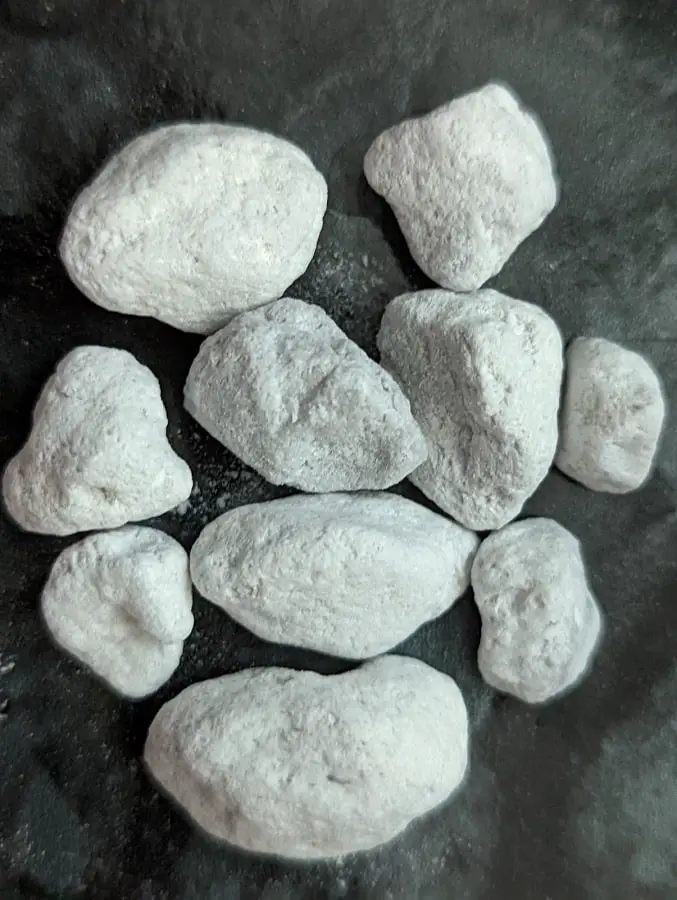Seachem has two similar biological filter medias that are mainly advertised to remove nitrates in your aquarium. So, what are the main differences between De Nitrate and Matrix?
You can find out in this comparison between these Seachem products.
Quick Summary
When compared to the Seachem Matrix, the Seachem De Nitrate is more effective when it comes to reducing nitrate levels in your fish tank. De Nitrate will also provide chemical filtration when you first put it in the aquarium.
If you have a water flow that is 50 gallons per hour or faster, however, then Seachem De Nitrate will not work at all when it comes to nitrate reduction. On the other hand, Seachem Matrix will work in all flow rate speeds.
Not to mention that you will need less Matrix to treat the same amount of tank water as De Nitrate, giving you more bang for your buck.
Aside from the aforementioned differences, these two products are identical when it comes to ammonia reduction, nitrite reduction, maintenance and longevity.
Overall, if you have a water flow in your tank that is less than 50 GPH, then Seachem De Nitrate is the better product. If you have a faster water flow rate (or simply don’t know the flow rate in your tank), then you should get Seachem Matrix instead.
Pricing
You can find the current price tags for these biological media filter on Amazon with the following links:
- Seachem De Nitrate Bio Media(#CommissionsEarned)
- Seachem Matrix Bio Media(#CommissionsEarned)
Directions
When it comes to directions, you will need 500 mL of Seachem De Nitrate to treat up to 50 gallons or 200 liters of tank water.
In comparison, you only need 250 mL of Seachem Matrix to treat up to 50 gallons or 200 liters of your aquarium.
Therefore, Matrix provides more value, in terms of getting more money’s worth, when compared to De Nitrate.
Flow Rate Requirements
De Nitrate requires a water flow that is less than 50 gallons per hour. At higher flow rates, this biological media won’t be effective when it comes to removing nitrates.
Matrix does not have a water flow requirement as it should function the same, in terms of nitrate reduction, in low and high flow rates.
Maintenance
The Seachem De Nitrate and Seachem Matrix both have microscopic pores that get clogged very easily. If you allow these filter medias to get clogged, then it will starve out the beneficial bacteria that live insides the pores. Therefore, regular maintenance is highly recommended.
For maintenance, we suggest rinsing these filter medias when doing a water change. It is best that you use the water you are taking out of the tank to rinse debris from both De Nitrate and Matrix. This is because your tap water may contain chlorine and chloramine that will harm the beneficial bacteria living on these medias.
Longevity
With regular rinses, you most likely will never need to replace your Seachem De Nitrate or Seachem Matrix.
These products only need replacing when they somehow break apart, which shouldn’t occur unless they are crushed with heavy pressure.
You may also replace these medias if they get so clogged up with something that it is impossible to remove with regular rinsing.
Nitrates Reduction
When it comes to nitrate reduction, the De Nitrate is more efficient than Matrix as long as the water flow is less than the aforementioned 50 gallons per hour.
Since De Nitrate won’t be effective at all at flow rates that is 50 GPH or faster, the Matrix is the default winner at high flow rates.
For the uninformed, these two products feature microscopic chambers that contain very little to no oxygen, which provides an environment for nitrate-consume bacteria to strive.

Ammonia and Nitrites Reduction
The porous surfaces of both De Nitrate and Matrix also provide plenty of surface areas for bacteria colonies that consume ammonia and nitrites.
Chemical Filtration
The De Nitrate is the only product in this versus guide to also offer chemical filtration as it will remove odors, discolorations and medicine from your fish tank.
The chemical filtration is only effective for a short period after adding De Nitrate in your tank for the first time, however.
If you want to continue using chemical filtration, which isn’t nearly as important as biological filtration, then we recommend utilizing, and occasionally replacing, carbon media instead.
Resources:
